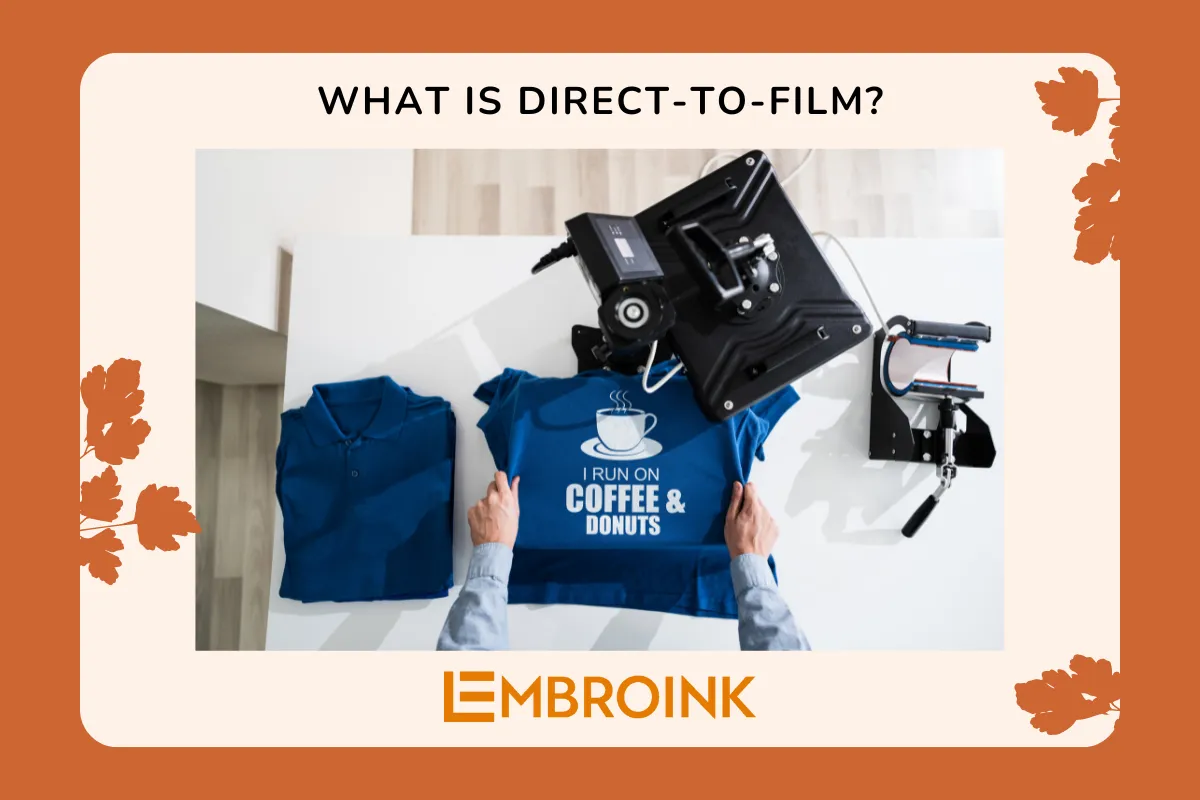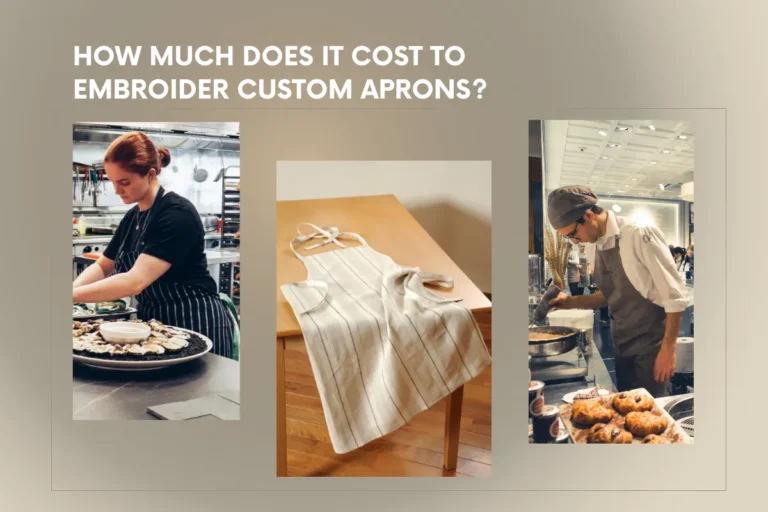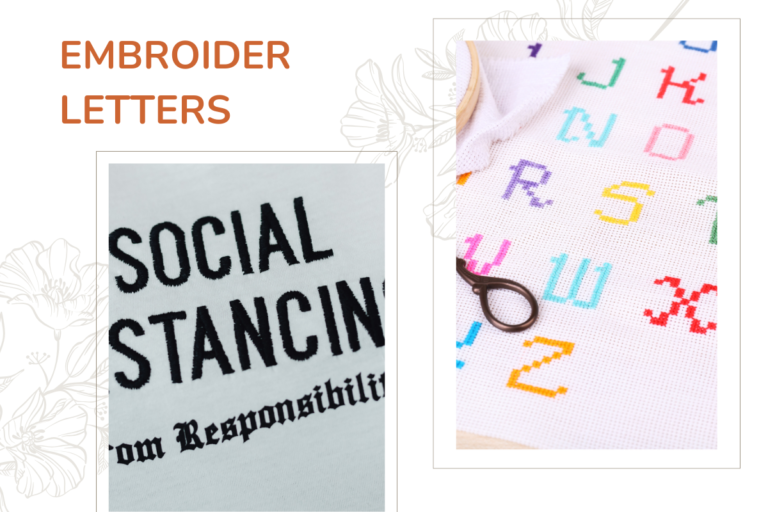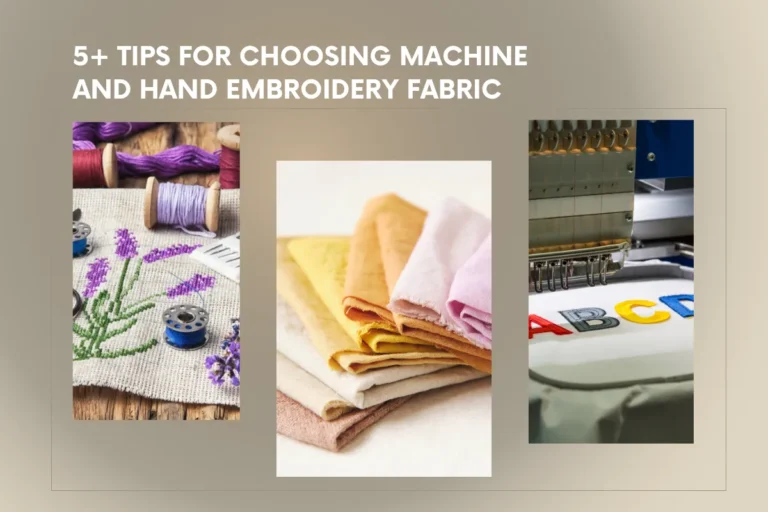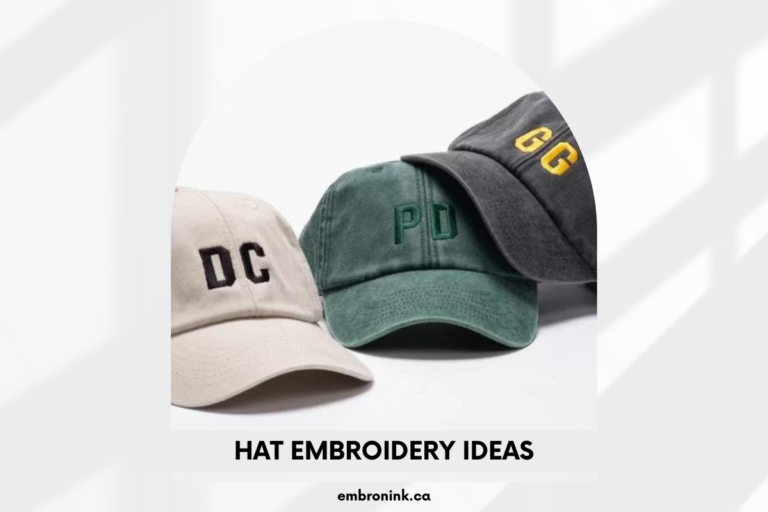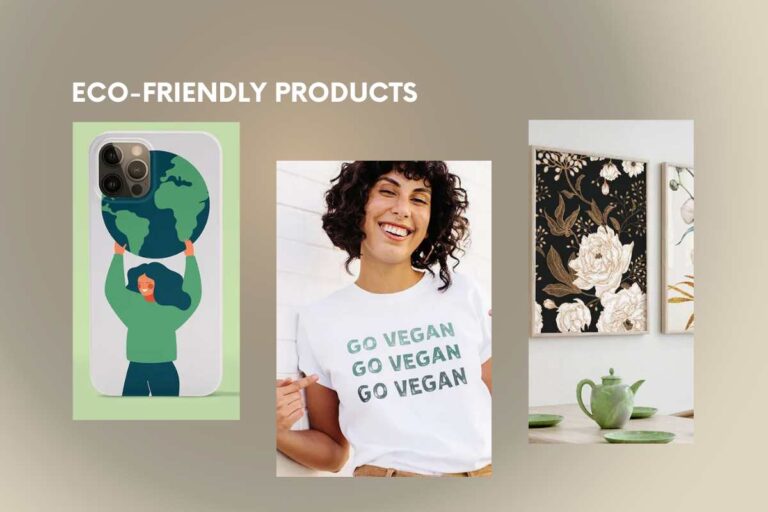What is Direct-to-Film? Learn about the DTF printing method
In the digital age, printing technology has advanced significantly, offering numerous options for various applications. Recently, the DTF (Direct-to-Film) printing method has become popular.
DTF printing is a modern printing method that allows high-quality, durable prints on various materials such as fabric, plastic, and more.
According to a report from Google, the popularity of DTF printing is on the rise as more individuals and companies seek a reliable and cost-effective printing option. In this article, EmbroInk will delve deeper into DTF printing (Direct-to-Film), including its definition, how it works, and its diverse applications.
What is DTF printing (Direct-to-Film)?
DTF printing (Direct-to-Film) printing is a printing method where designs are printed directly onto a special heat-transfer film, which can then be applied to a garment or other surface using a heat press. Typically, designs are printed onto the film using a specialized DTF printer that combines ink and colorants to create vibrant and durable prints.
Subsequently, the printed film is cut to size and heat-pressed onto the garment, transferring the design from the film to the fabric. DTF printing is a popular choice for creating custom apparel because it allows for full-color designs with intricate details and color gradients, as well as printing on various types of fabrics and surfaces. Additionally, the process is relatively quick and cost-effective, making it a popular choice for both small and large-scale printing projects.
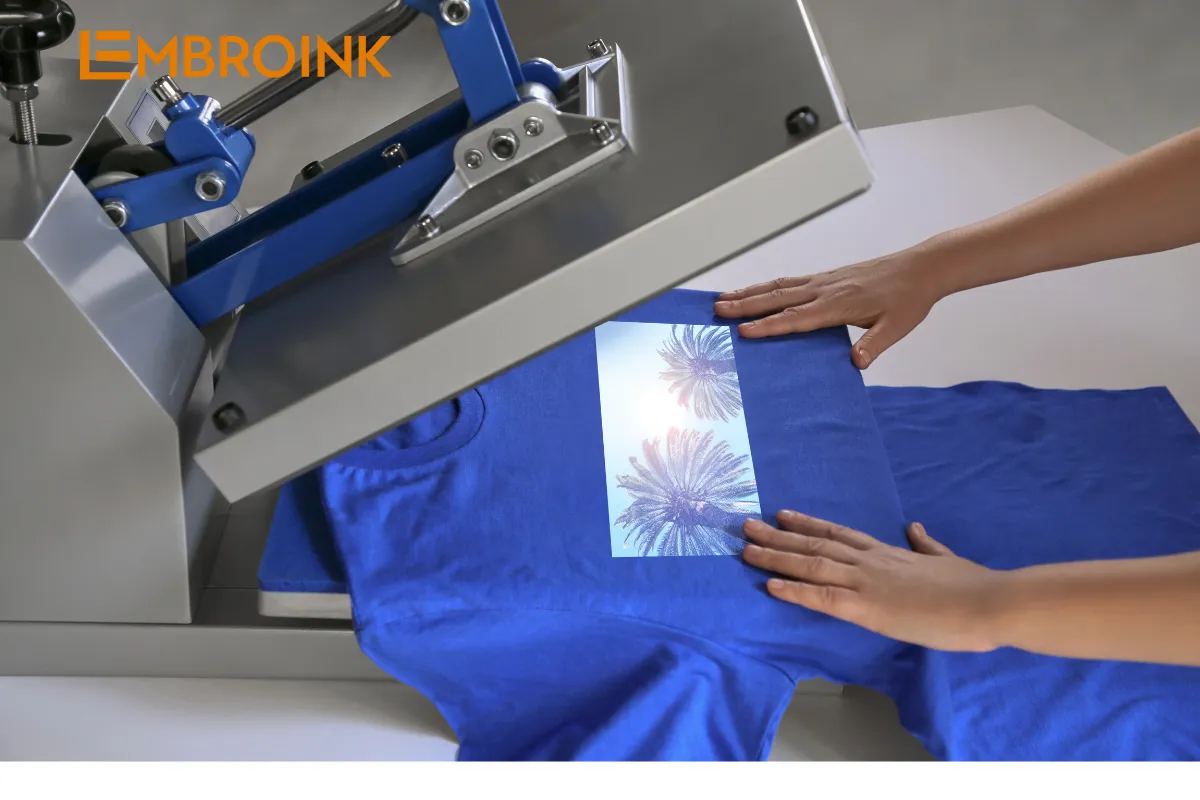
How to use a DTF printer?
A DTF printer, also known as a direct-to-film printer, is a specialized machine used to print designs onto heat-transfer films. Here are the general steps to use a Direct-to-Film:
- Prepare the Design: Use a graphic design program such as Adobe Illustrator or CorelDRAW to create or edit your design. Set the color mode to CMYK to ensure accurate color reproduction. Adjust the resolution and size of the design to match the printer’s specifications. You can also use pre-existing designs or templates.
- Load the Heat-Transfer Film: Cut the heat-transfer film to the exact size and load it onto the printer’s platen. Ensure the film is straight and flat, without folds or wrinkles. Secure it with clips or tape if necessary.
- Print the Design: Before printing the design, adjust the printer settings including resolution, color profile, and ink density. DTF printers use white ink as an underbase layer to enhance color saturation and coverage. The white layer is printed first, followed by the color layers.
- Dry the Ink: After printing, the ink needs to dry to ensure proper adhesion to the heat-transfer film. For this process, you can use a heat press or a conveyor dryer. The temperature and drying time depend on the ink type and material. Refer to the manufacturer’s guidelines for recommended parameters.
- Cut the Heat-Transfer Film: Remove the heat-transfer film from the printer and cut it using a vinyl cutter or graphic cutter once the ink has dried. If you don’t have a cutter, you can also use scissors or a hobby knife. Be careful not to cut through the design.
- Transfer the Design: Before transferring the design, remove any moisture or wrinkles from the fabric surface using a heat press. Place the heat-transfer film with the printed side down onto the material. Apply heat and pressure according to the instructions on the heat-transfer film. Carefully peel off the heat-transfer film while it’s still warm.
These steps outline the general process for using a DTF printer to create custom prints. Each step requires attention to detail to ensure the final product meets quality standards.

Comparison between HTV and DTF
Here’s a comparison between HTV (Heat Transfer Vinyl) and DTF (Direct to Film) in English:
| Feature | HTV (Heat Transfer Vinyl) | DTF (Direct to Film) |
|---|---|---|
| Process | HTV involves cutting designs from vinyl material and applying them to fabric using heat and pressure. | DTF involves printing designs onto a special film, which is then heated and pressed onto fabric. |
| Complexity of Designs | Suitable for simple designs with few colors; may not handle intricate details or small text well. | Capable of handling more complex designs with high detail and color accuracy in a single print run. |
| Fabric Compatibility | Compatible with various fabrics including cotton, polyester, and blends. May not adhere well to difficult materials like nylon or silk. | Can be used on a wide range of fabrics including cotton, polyester, nylon, and even leather. |
| Image Quality | Produces good quality images; color accuracy and color vibrancy depend on the vinyl used. | Creates high-quality images with precise color registration and vibrant color saturation. |
| Durability | Both are durable and withstand washing and repeated use; DTF, integrated into fabric fibers, may offer slightly better longevity over time compared to HTV, which sits on the fabric surface. | Both methods are resilient but DTF may have a slight edge due to its integration into fabric fibers. |
| Cost | Generally cheaper due to fewer components and less specialized equipment required. | More expensive due to the need for a specialized printer, ink, and film. |
In summary, both HTV and DTF have their own advantages and drawbacks. The choice between them for a specific project depends on factors such as design complexity, fabric type, and required image quality.
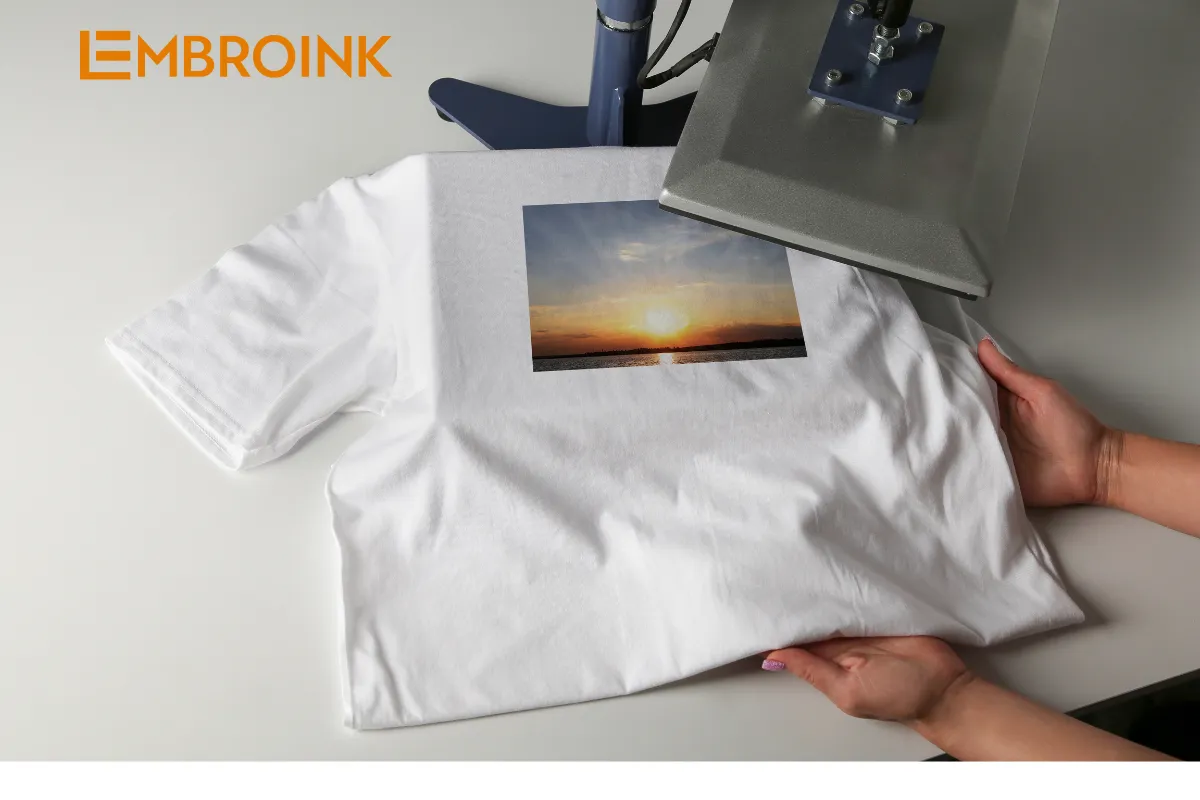
The print produced using the DTF (Direct-to-Film) method, is it durable?
Direct-to-Film is a relatively new printing method that uses specialized printers to print designs directly onto a heat-transfer film, which is then applied to a garment. The durability of Direct-to-Film on clothing can vary depending on factors such as the quality of the ink used, the type of garment, and how the clothing is cared for and maintained.
However, in general, DTF printing is known for its excellent durability and longevity compared to other methods like DTG (Direct-to-Garment) printing. With proper care and washing, DTF printed garments can last for many years without fading or peeling. To wash DTF printed garments, it is recommended to use cold water and avoid using bleach or fabric softeners.
What materials can DTG printing be used on?
DTG printing can be used on various materials, primarily natural fibers such as cotton and cotton blends. It works best on fabrics with a high cotton content, ensuring good ink adhesion and durability for vibrant prints.
DTF printing, also known as Direct-to-Film printing, can be used to transfer images onto a wide range of materials including fabric, ceramics, glass, metal, and other substrates.
DTF printing is highly beneficial across multiple products and industries, including:
- Fashion and textiles: DTF is commonly used to produce custom t-shirts, hats, and other fashion items on demand. It can also be used to print designs on fabric for home decor products like curtains, bedspreads, and cushions.
- Signage and advertising: DTF is suitable for producing high-quality signage materials such as banners, posters, and decals.
- Promotional gifts: DTF can be used to create promotional items such as mugs, keychains, and phone cases.
- Automotive and aerospace: DTF can be used to print designs on various parts and components for automotive and aerospace applications.
- Packaging and branding: DTF is suitable for producing high-quality product packaging and branding labels.
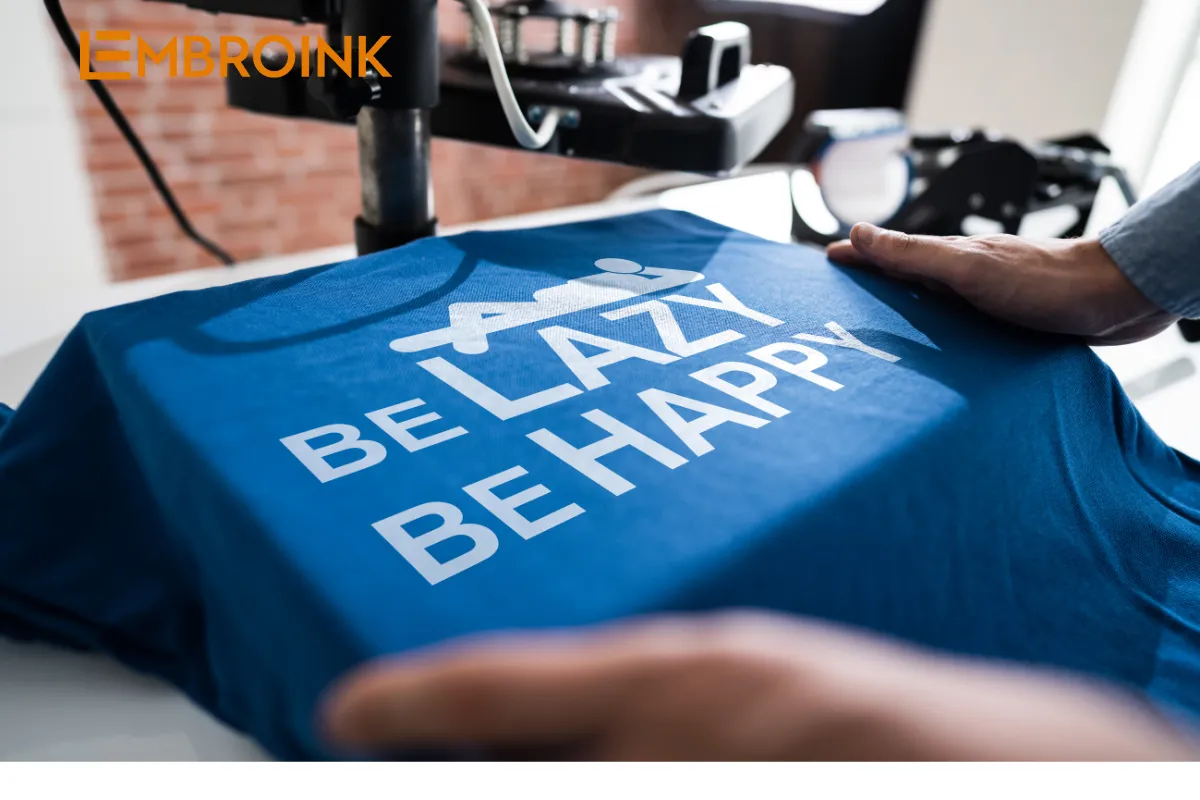
Frequently asked questions
Cost of Direct-to-Film compared to other methods
Compared to other printing methods, the cost of DTF printing can vary based on factors such as design size, number of colors used, and quantity of products ordered. Many consider DTF printing to be cheaper than methods like screen printing or direct-to-garment (DTG) printing. However, DTF printing may be more expensive than other methods such as vinyl printing or heat transfer printing.
Resolution and quality of Direct-to-Film
DTF printing can achieve high resolution and quality, producing sharp, vibrant, and detailed images. DTF uses advanced digital printing technology, allowing for high-resolution prints and a wide range of colors. Several factors can affect the quality of DTF printing, such as the quality of the heat transfer film, type of ink used, and the surface where the heat transfer process is applied.
Can DTF Printing be used for mass production?
DTF (Direct-to-Film) printing is a popular choice for companies needing to produce large quantities of items because it can be used for mass production. DTF is well-suited for mass production due to its speed and efficiency. This means production can be carried out quickly and cost-effectively. However, production speed can vary depending on factors such as image size and complexity of the printing process.
In DTF is a new and breakthrough printing technology that allows users to directly print high-quality images onto a heat transfer film, which can then be transferred onto various surfaces. This printing method is flexible, cost-effective, and versatile, suitable for use across various products and industries. DTF printing is becoming increasingly popular among both businesses and consumers because it can achieve high-resolution prints and produce durable outputs.

